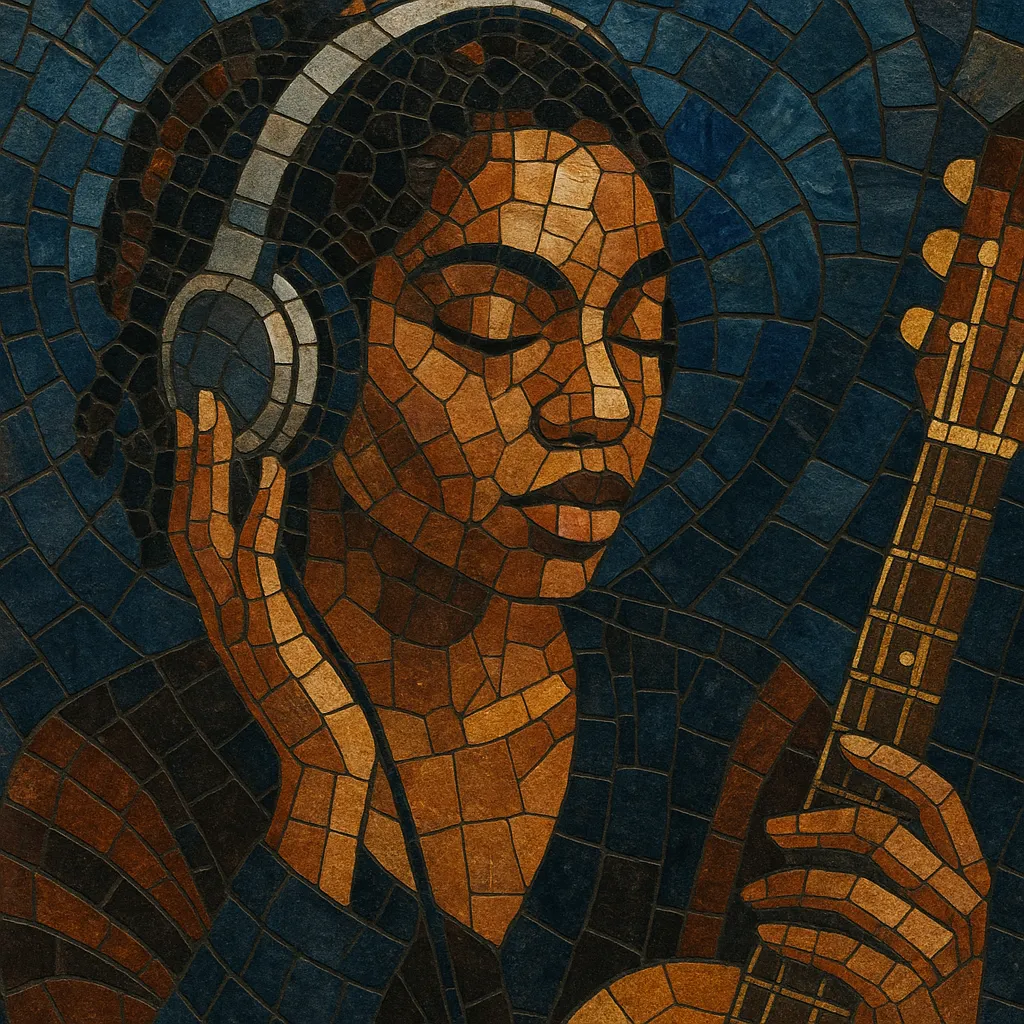UK R&B is a British take on contemporary R&B that blends silky, soul-rooted vocals with the rhythmic DNA of the UK’s club scenes. While it retains the melodic sensibilities and romantic themes of American R&B, it often rides shuffling two-step/garage grooves, skippy drums, and sub-heavy basslines shaped by British pirate radio culture.
Harmonically rich (7ths/9ths/11ths), arrangement-focused, and often minimal in texture, UK R&B favors warm Rhodes, crisp guitar licks, airy pads, and chopped vocal ad-libs. The delivery ranges from melismatic balladry to understated conversational toplines with a distinctly British cadence, and lyrics oscillate between intimacy, self-reflection, and nightlife realism.
The roots of UK R&B lie in the UK’s soul continuum and club culture. British soul, Britfunk, lovers rock, and the rising influence of American contemporary R&B and new jack swing set the foundation. Parallel to this, UK garage and 2‑step crystallized in clubs and on pirate radio, giving vocal R&B a new rhythmic chassis. Acts like Soul II Soul and Gabrielle bridged soulful songwriting with cutting-edge British production approaches.
By the late 1990s and early 2000s, UK R&B achieved mainstream visibility. Craig David’s collaborations with UKG producers (e.g., Artful Dodger) demonstrated how R&B toplines could ride skippy two‑step drums and warm sub‑bass. Groups like Mis‑Teeq and solo artists such as Beverley Knight pushed sleek, radio-ready records that still felt rooted in local club sensibilities.
The 2010s saw a flourishing of styles: lush neo‑soul inflections (NAO), intimate diary-like songwriting (Mahalia), and moody, minimal “dark R&B” aesthetics (Jorja Smith, Ella Mai) that thrived on streaming platforms. Production borrowed from trap‑soul and minimal UK bass while keeping the UK’s swing and sub pressure.
UK R&B remains hybrid and collaborative, intersecting with UK hip hop, afroswing, and club music. Artists regularly swap producers across scenes, and the genre continues to balance classic soul values with forward-looking sound design and rhythmic invention.


